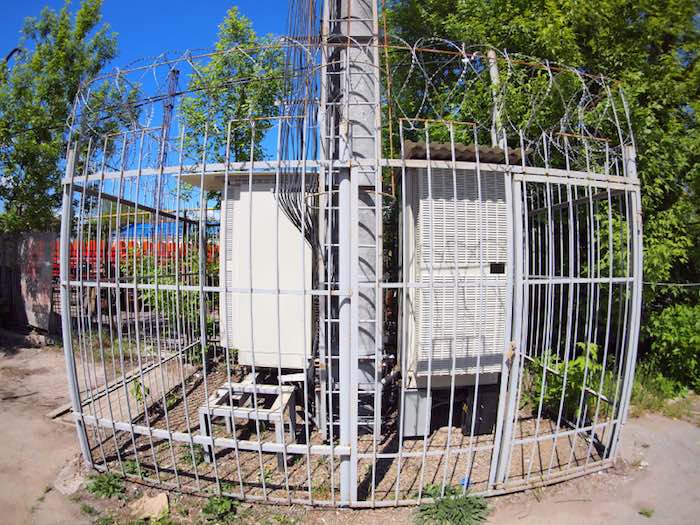6 Cabinet Cooling Considerations for Telecom Outside Plant

The extension of telecom networks to accommodate the rapid growth in mobile computing as well as to provide high speed data access has led to a proliferation of outside plant telecom cabinets. The thermal characteristics of the equipment used in outside plant cabinets are such that cabinet cooling is necessary to limit internal temperatures. Here are six crucial cabinet cooling considerations you need to look at.
1. The Optimal Cabinet Temperature
Although telecom standards allow relatively high enclosure temperatures, careful consideration must be given to choosing the optimal cabinet temperature range. Even though most equipment is designed to operate at 104 °F, for practical reasons a lower cabinet temperature is necessary. Additionally, storage batteries used for backup power should be kept below 77 °F or their useful life will be dramatically reduced.
2. Internal Temperature Profile
Because hot air rises, it’s feasible to place batteries at the bottom where it is cooler and other equipment at the top of the cabinet. However, avoid a very high temperature differential as this will make it difficult to maintain the desired temperature zones. For practical reasons, it’s best to design for a maximum equipment temperature of 95 °F while keeping the batteries below 77 °F. In many instances, a separate compartment for the batteries is necessary.
3. Power Consumption
In the event of a power failure, telecom cabinets should continue to operate for several hours, so power consumption is important. This entails careful selection of equipment with an emphasis on high efficiency. Where practical, high thermal efficiency cooling solutions should be adopted, meaning that their cooling capacity is high compared to their power consumption.
Additionally, if the cabinet relies on backup batteries, it’s good practice to use DC powered cooling equipment as this obviates the need to install inverters. In practice, the overall efficiency of most inverters is around 90 percent, and they draw several amps while on standby. The battery endurance could be extended by up to 10 percent if the system is designed to only operate on DC power.
4. Internal Heat Load
In order to calculate cabinet cooling requirements, the heat generated by the equipment inside the cabinet needs to be calculated. Some equipment consumes the same amount of power irrespective of the load. Much of this power is converted into heat.
Particular attention should be given to high power equipment such as rectifiers and inverters because their heat losses are inversely related to their efficiency. As most of the AC power supplied to the cabinet is converted to DC, the total heat losses from the rectifiers will be significant.
5. Ambient Heat Load
Even when shielded, most outside plant telecom cabinets are subject to the heating effects of the sun. In the worst case scenario, the solar radiation heating could represent between 20 and 30 percent of the total heat load. The calculation of the net effect of external heating is complex, and for that reason, it’s easier to use an online Enclosure Temperature Management calculator that automatically compensates for external influences.
6. Cooling Solutions
There are two principle cooling solutions: open loop and closed loop cooling.
Open loop cooling is when external air is used to cool the interior of the cabinet and works well provided the ambient air temperature is lower than the enclosure’s required operating temperature. However, dust, dirt and any other atmospheric pollutants will be drawn into the cabinet. Filtered fans help provide protection against external pollutants. Fans can be DC powered and use little power.
With closed loop cooling, the enclosure is sealed against external contamination. A very efficient solution is an air to air heat exchanger that uses heat pipe technology. The heat pipe transfers heat by utilizing the latent heat of evaporation of a refrigerant. The only power requirements are for small internal air circulating fans, which means that, in terms of heat removal, this is a most efficient solution. Air to air heat exchangers, like fans, are limited to locations where the ambient temperature is lower than the required cabinet temperature.
In many instances, the only practical solution is to use a cabinet air conditioner. This has the advantage that the cabinet temperature may be accurately controlled irrespective of the heat load and external temperature. DC powered air conditioners are available that are ideal for off-grid applications and they avoid the losses associated with AC inverters.
If you need help with cooling outside plant telecom cabinets, contact us at Thermal Edge, and our skilled experts will show you how to select the best cooling solution for your cabinet.

